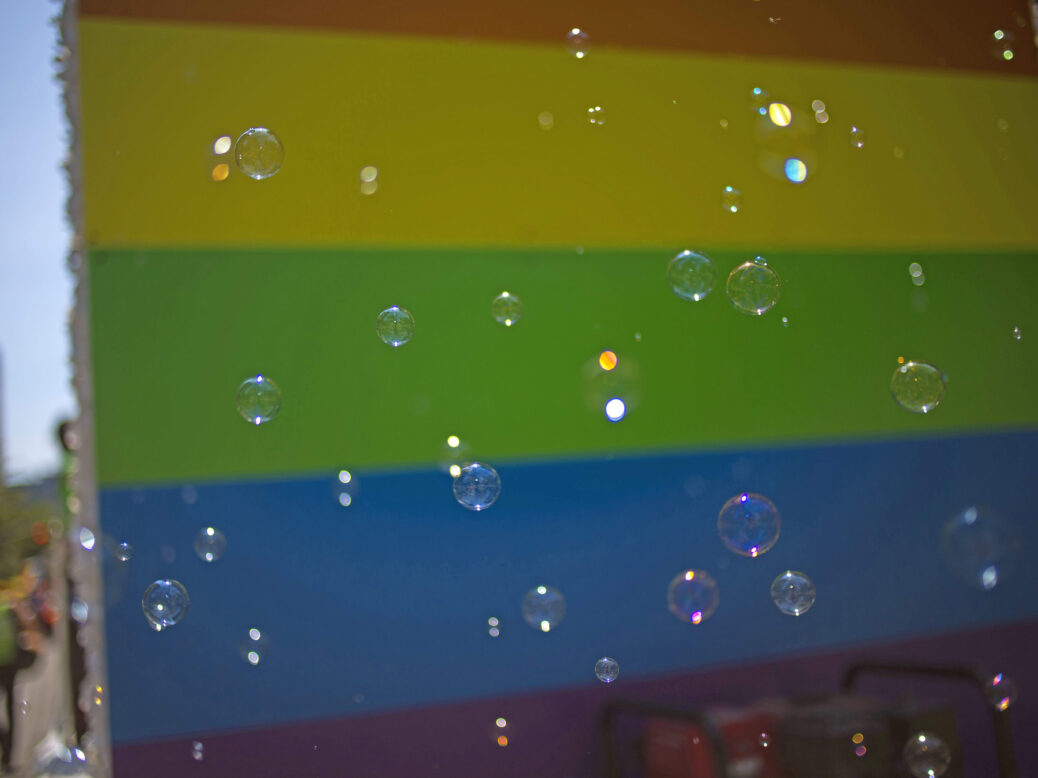On the “dispute” between radical feminism and trans people
In a world where left-wing politics has often derided LGBT identities as “bourgeois” and then accused us of splitting the movement, it infuriates me that I’ve had to take a break from writing a piece on the Tories’ “liberation” of the NHS to write 8,500 words to debunk a sexological concept that was shown to be untenable before the start of the First World War.




